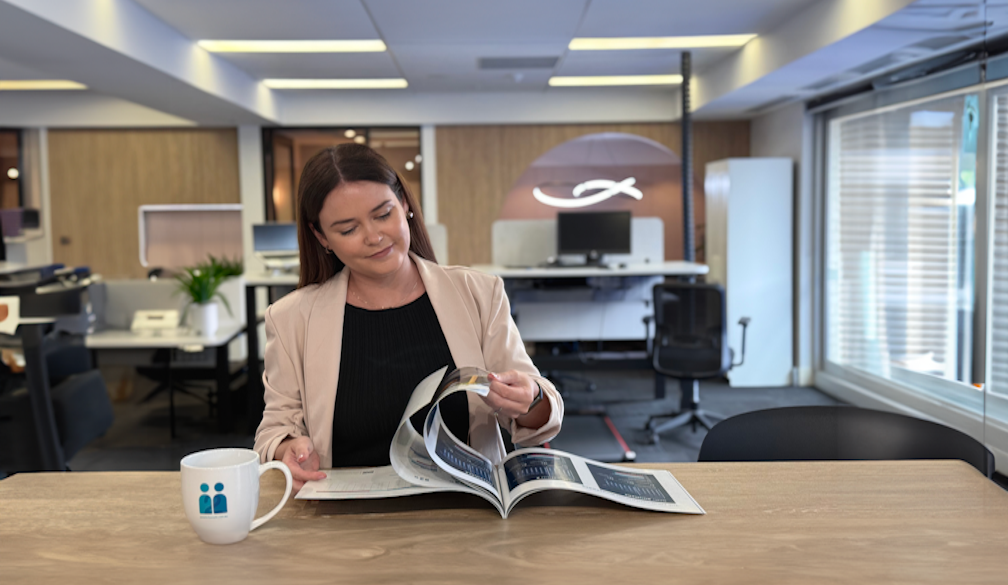Blocky Adventures: A Minecraft Movie Celebration for Your Wrist
- Written by The Times

The Minecraft movie is almost here—and it’s time to get excited! With the film set to hit theaters on April 4, 2025, fans have a brand-new reason to celebrate. To honor the upcoming blockbuster, watchfaces.co has released a special Minecraft-inspired watch face that brings the game’s iconic style directly to your Apple Watch.
The Movie You’ve Been Waiting For
Minecraft has been a cultural phenomenon since its debut in 2011. Now, the film adapts that imaginative world into a live-action adventure. The movie follows four unlikely heroes who are sucked into the Overworld—a vibrant, blocky realm where creativity is the key to survival. Starring Jack Black as the legendary Steve, along with Jason Momoa, Danielle Brooks, Emma Myers, and Sebastian Eugene Hansen, the film promises a mix of humor, action, and heart.
Whether you’re a longtime Minecraft fan or new to the game, the film’s promise of wild adventures and quirky characters is sure to excite. Expect epic battles against creepers, Piglins, and zombies, all set in a world where every block tells a story.
Your New Favorite Accessory
In celebration of the movie, watchfaces.co has crafted a unique Minecraft-inspired watch face that is perfect for any fan. Here’s what makes it special:
This watch face isn’t just about looks—it’s a way to carry a piece of the Minecraft universe with you everywhere you go.
How to Get Started
Installing the Minecraft-inspired watch face is simple and fun. Just follow these steps:
- Visit the Website: Head over to Apple Watch faces on watchfaces.co.
- Download the App: If you haven’t already, download the watchfaces.co app from the App Store.
- Sync Your Watch: Follow the step-by-step instructions to sync the new watch face with your Apple Watch.
- Customize: Adjust the settings to make it uniquely yours. Enjoy the retro vibe every time you check the time.
It’s that easy—now you can show off your love for Minecraft in a stylish, modern way.
Why It Matters
Minecraft isn’t just a game; it’s a celebration of creativity. The movie adapts that spirit, offering a new way to experience the magic of the Overworld. The custom watch face by watchfaces.co is more than just an accessory—it’s a tribute to a game that has inspired millions around the globe.
As the film’s release date draws nearer, fans are buzzing with excitement about both the movie and the chance to personalize their gadgets with something truly special. Whether you’re gearing up for a night at the theater or simply want to add a unique twist to your everyday look, this watch face is a must-have.
Embrace the blocky beauty of Minecraft and let your Apple Watch do the talking. Get ready to experience a fusion of gaming nostalgia and modern design—because in the world of Minecraft, every block has a story, and now, so does your watch.

















